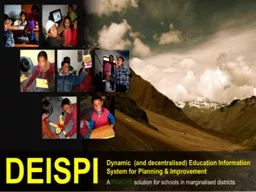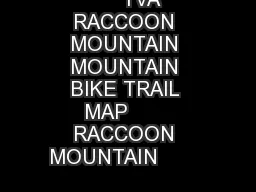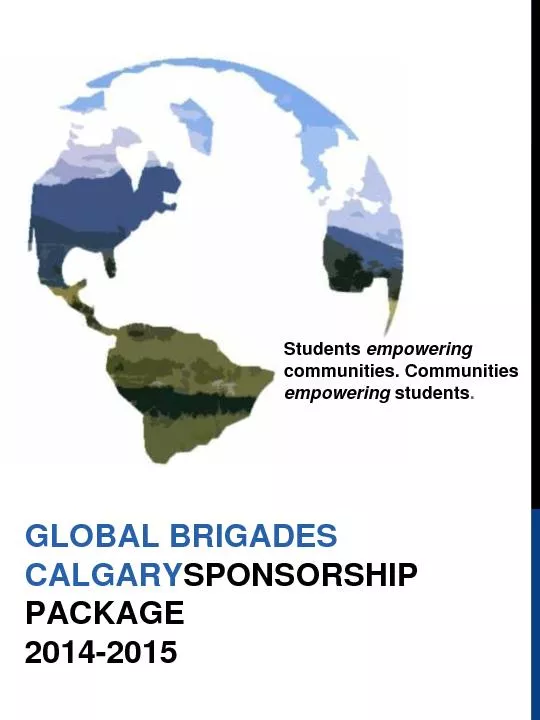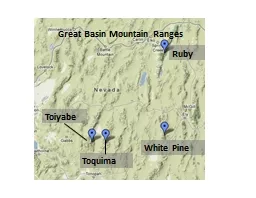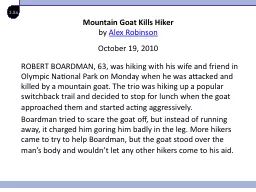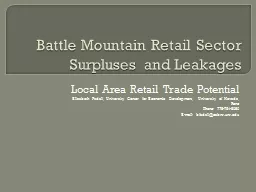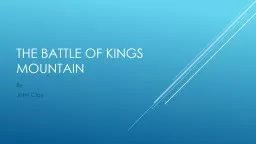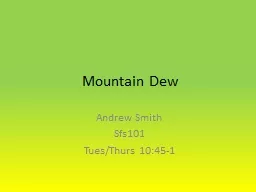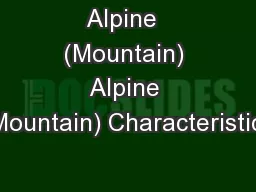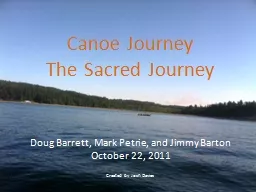PPT-Empowering mountain communities – the journey so far…
Author : test | Published Date : 2016-11-30
A nongovernmental development organisation established in 1995 addressing the development needs of fragile ecosystems and deprived indigenous peoples in the
Presentation Embed Code
Download Presentation
Download Presentation The PPT/PDF document "Empowering mountain communities – the..." is the property of its rightful owner. Permission is granted to download and print the materials on this website for personal, non-commercial use only, and to display it on your personal computer provided you do not modify the materials and that you retain all copyright notices contained in the materials. By downloading content from our website, you accept the terms of this agreement.
Empowering mountain communities – the journey so far…: Transcript
Download Rules Of Document
"Empowering mountain communities – the journey so far…"The content belongs to its owner. You may download and print it for personal use, without modification, and keep all copyright notices. By downloading, you agree to these terms.
Related Documents

